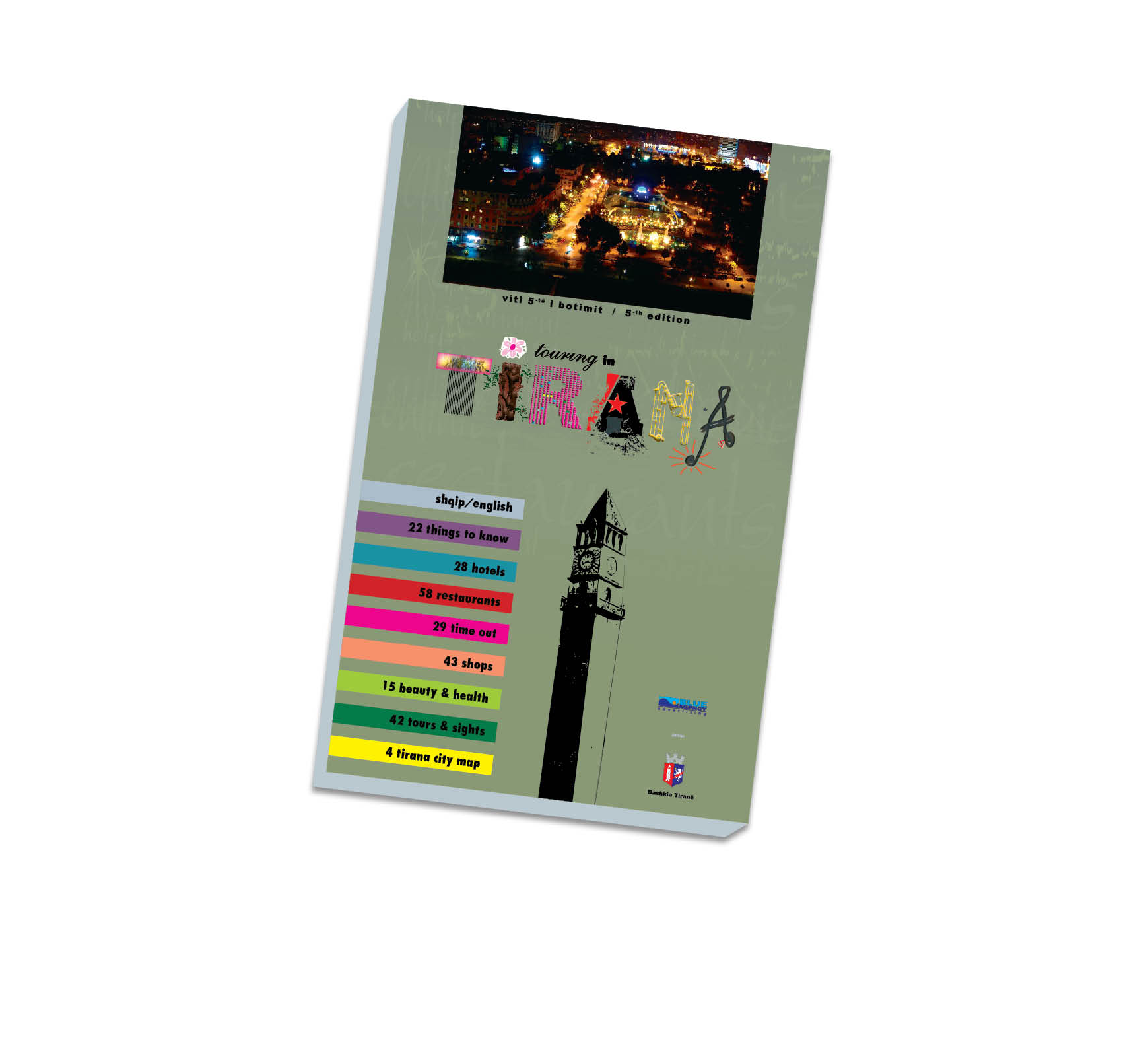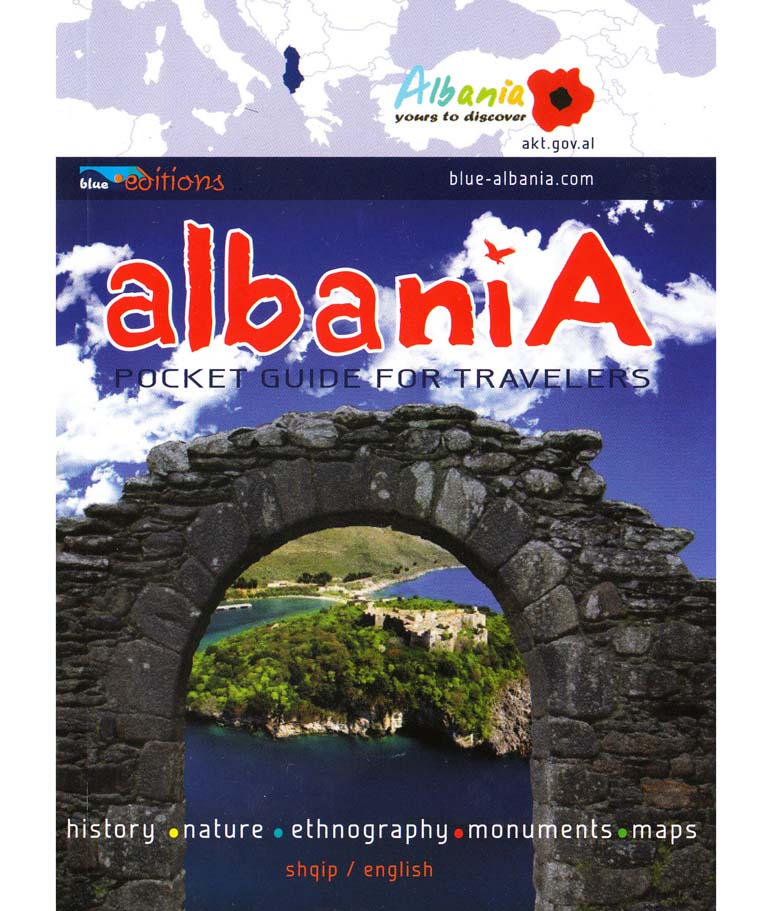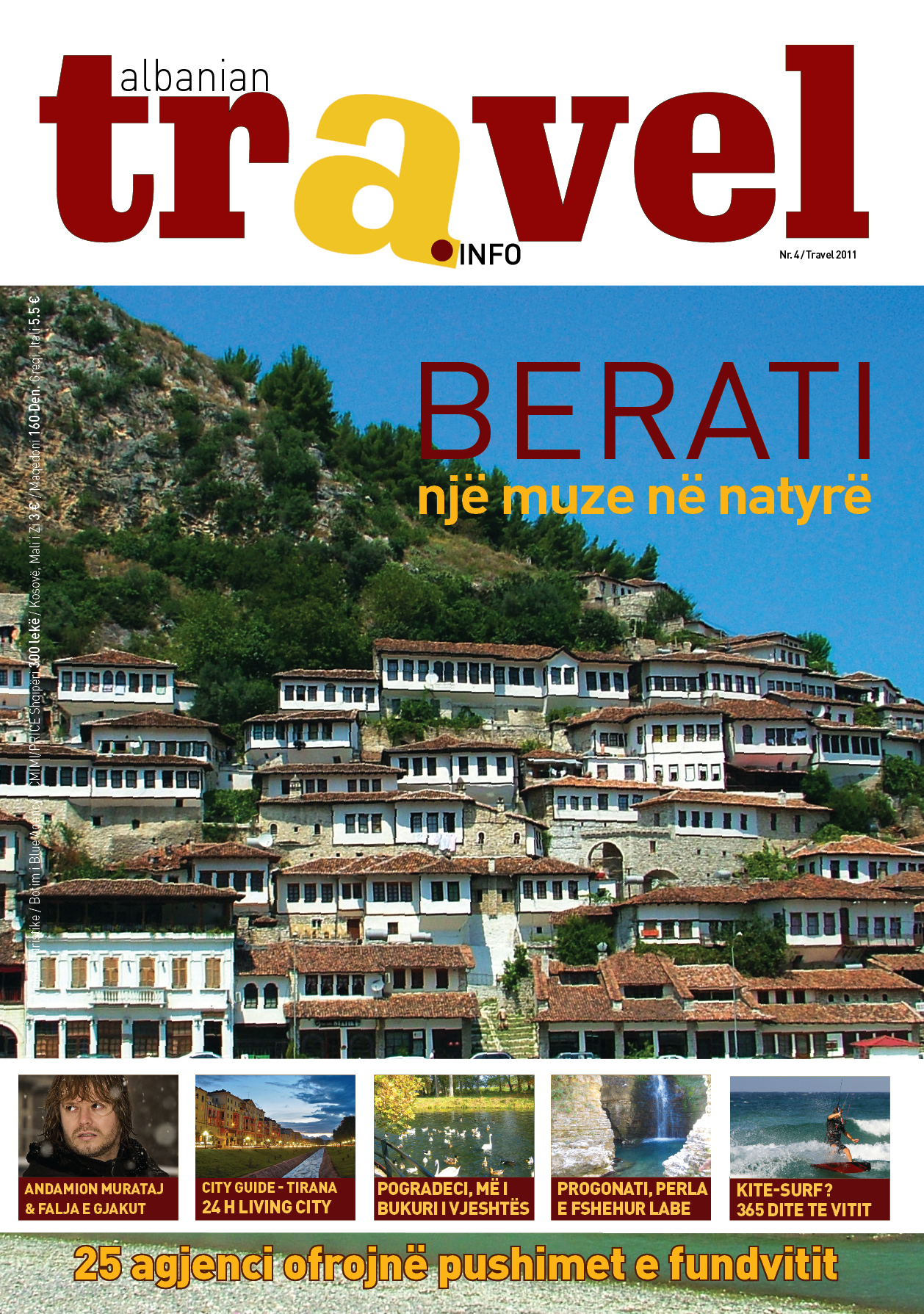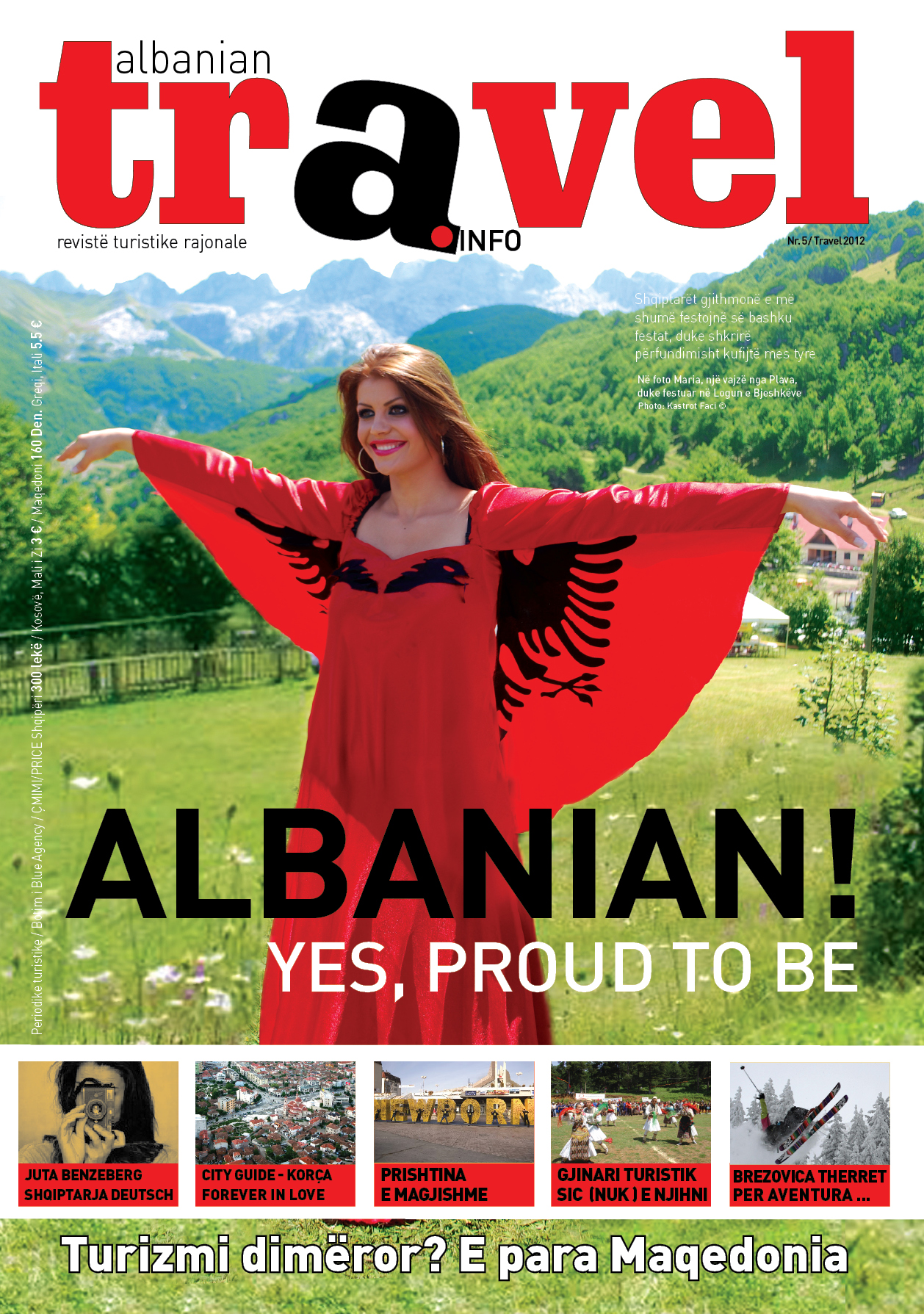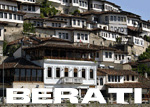 Berati the Castle City
Berati belongs to that kind of city where the life goes on from the deepness of the antiquity, until the present day. Because of the strange impression of the two characteristic quarters, Mangalem and Gorica, Berati is known as “the city of one over another windows” It is unclear whether it really means "Thousand" (një mijë) or "One over Another" (një mbi një) windows. Indeed, the quarter is built in a very steep place and windows seem to be one over another. Same views can be admired also in Gjrokastër (Albania) and Catanzaro (Italy) where once an Albanian minority lived
The archaeological attestations narrow that at VII-VI b.C., here has been constructed an inhabitancy civilization with a real social life, composed by manufactories at the line of the legends and history, they narrow that this inhabitancy has been the ancient Orestiada called so from a tribe of pellazgs (Albanian tribe). The lider of this tribe was Orest, the son of Agamemnon.
History
The town is thought to be one of the oldest in Albania, with a settlement having existed there since at least the 6th century BC, when it was a fortress-settlement of the Ancient Greek tribe of Dassaretae. The founder of the town may have been the King of Macedon, Cassander who named it after his father Antipater, at 314 BC. Known as Antipatrea, it was captured by the Romans in the 2nd century BC. Livy (31.27.2) describes Antipatrea as a strongly fortified city in a narrow pass that the Romans sacked and burned. The town became part of the unstable frontier of the Byzantine Empire following the fall of the Roman Empire and, along with much of the rest of the Balkan peninsula, it suffered from repeated invasions by Slavs and other "barbarian" tribes. During the Byzantine period, it was known as Pulcheriopolis.The Bulgarians under Simeon I captured the town in the 9th century and renamed it "Beligrad" (White City).They were eventually driven out in the 11th century. During the 13th century, it fell to Michael I Ducas, the ruler of the Despotate of Epirus.
Latter in the 13th century Berat again fell under the control of the Byzantine Empire. In 1280-1281 the Sicilian forces under Hugh the Red of Sully laid siege to Berat. In March 1281 a relief force from Constantinople under the command of Michael Tarchaneiotes was able to drive off the besieging Sicilian army. It passed to the Serbs in 1345.
The Ottoman Empire conquered it in 1450 after the siege of Berat and retained it until 1912. However, it did not retain direct control for the whole of this period – in 1809, the tyrannical Ali Pasha, who was himself of Albanian origins, seized the town and refortified it. In 1867, Berat became a sanjak in Janina (Yanya) vilayet. During Ottoman rule, she was known Arnavut Belgradı in Turkish) at first, after Berat.
During the early period of Ottoman rule, Berat fell into severe decline. By the end of the 16th century it had only 710 houses. However it began to recover by the 17th century and became a major craft centre in the Ottoman Balkans specializing in wood carving. During the 19th century, Berat played an important part in the Albanian national revival. It became a major base of support for the League of Prizren, the late 19th century Albanian nationalist alliance.
The citadel, with a triangle form, perimeter of 1440 m, with 24 towers and two entrances. With Illyrian oultilnes reconstructed several times during VI, XIII, XV and XIX centuries, now it is one of the most beautiful castles and one of the greatest inhabited. It is a stone archives and offers several styles and contributes of different époques; Illyrian, byzantine, roman, Albanian and Turkish. |












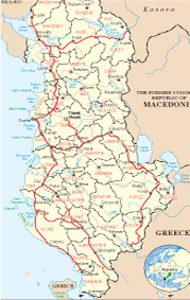






.jpg)

